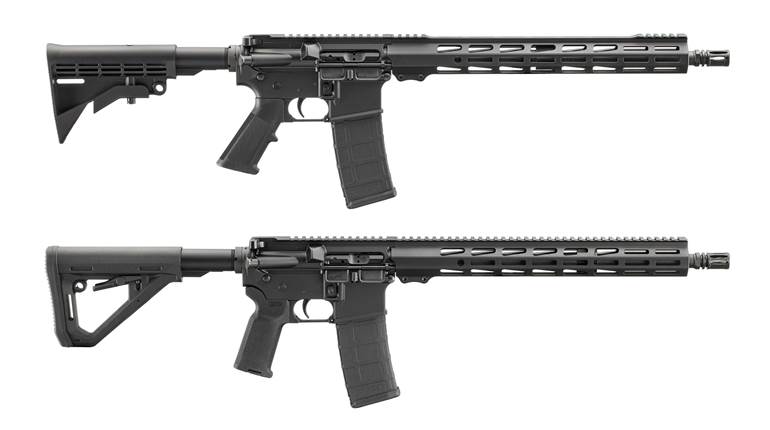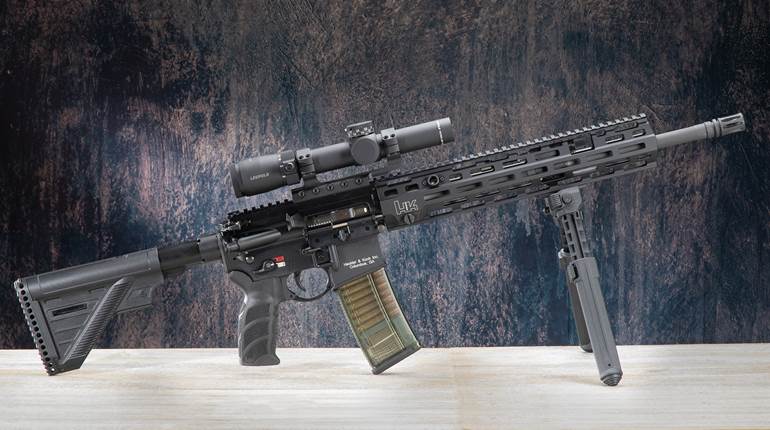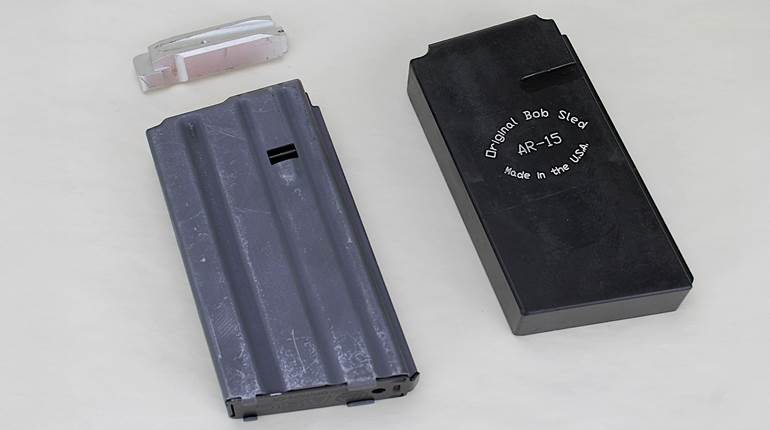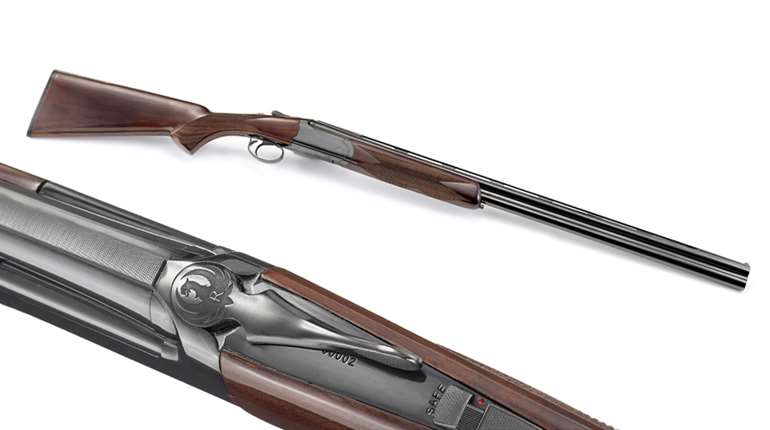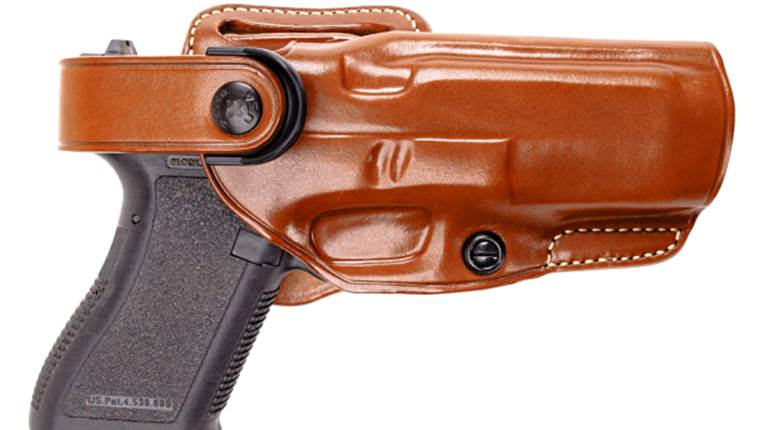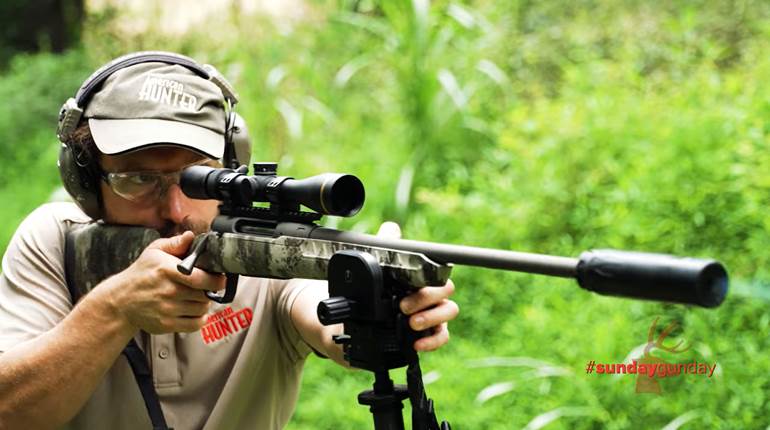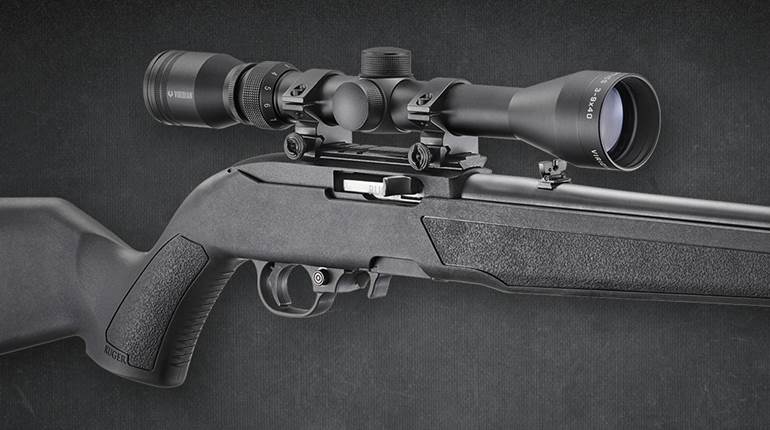
In the cover story for our June 2025 issue, “From Bunker Hill To Baghdad: 250 Years Of U.S. Infantry Longarms,” Executive Editor Evan Brune lays out the progression in technology that has occurred in the U.S. Army’s primary individual fighting arms and ammunition since its founding three days before that first pivotal battle in Massachusetts. It is a chronicle that reveals intertwining trends in the dozen representative arms’ weights, lengths, calibers and ammunition complements during our country’s quarter-millennia history.

Of course, we know that the story leads us to one of today’s universally acknowledged small-arms platforms: the AR. And it’s perhaps no surprise that the semi-automatic AR-15 and AR-10 have become the most popular such rifles in civilian ownership in America. After all, until the disconnect occurred between fully automatic arms and their semi-automatic counterparts, starting with the M14, there was a long-established pattern of our citizenry adopting for defensive and sporting purposes the same arms that had been employed by our military forces during major conflicts.
Next up, in “KelTec’s PR57: Thinking Outside The (Detachable) Box,” Senior Executive Editor Kelly Young discovers that, once again, the creative minds at that enthusiastically followed company have come up with a category-defying semi-automatic handgun that some shooters are likely to find irresistible. The new 5.7x28 mm FN-chambered pistol is not only the lightest of its kind on the market, it features an internal magazine charged by stripper clip—that’s right, there’s no detachable box. And while the PR57 is unlikely to challenge the 9 mm Luger-chambered micro-compacts that dominate the concealed-carry marketplace, it nonetheless represents something unique even within the realm of handguns chambered for a cartridge developed for a “personal defense weapon” platform.
In “Handloading The .270 WSM,” Field Editor Aaron Carter explains that the modern heir to the throne established by the .270 Win. 100 years ago, the .270 Winchester Short Magnum, is still providing excellent performance and utility to short-action sporting rifles more than 20 years after the introduction of its parent .300 WSM. And though the derivative Winchester Super Short Magnums would prove somewhat problematic, the original WSM series managed to succeed well enough to serve as a forecast of future ammunition developments as few such cartridge families have before or since.
In our recent Dope Bag reviews, we evaluated: the P-09 F Nocturne from CZ USA, a user-configurable, optics-ready 9 mm Luger semi-automatic pistol; the Carmel from IWI US, a full-featured 5.56 NATO-chambered modern sporting rifle that accepts AR-pattern magazines; and the ThermNight from DNT Optics, a combination digital-night-vision, thermal and rangefinding riflescope. All are examples of cutting-edge firearm technology ideally suited to use by armed citizens committed to the defense of themselves, their families and their properties. And it’s that uniquely American ideal that brings us right back to the widely popular AR-rifle platform.
Any politician or pundit who doesn’t understand the difference between a fully automatic arm and its semi-automatic variant—or who pretends not to—simply has no business arguing the issue in a national forum. And anyone who claims not to understand that today’s AR-platform rifles are analogous to the category of arm the Framers had in mind when they wrote the Constitution is being either dimwitted or deceptive.
Further, anyone who claims not to understand the plain and simple intent of the Second Amendment—especially if that person happens to be a constitutional law professor, Supreme Court justice, congressman, senator or president—is likely hiding nefarious intent: to strip individual liberty from American citizens for the express purpose of making them susceptible to a tyrannical government.












